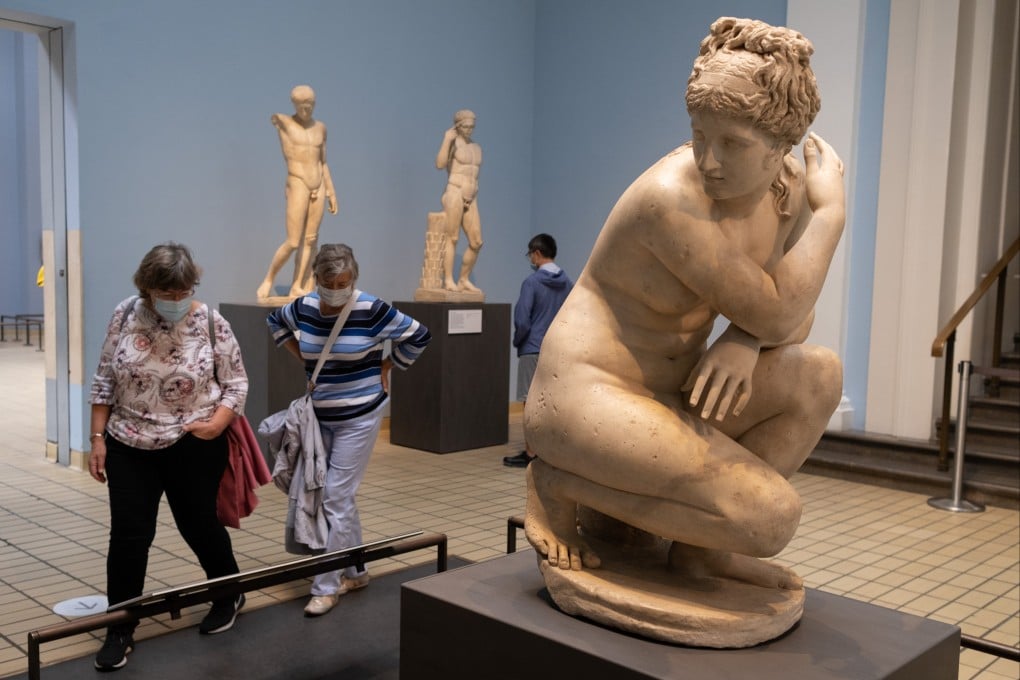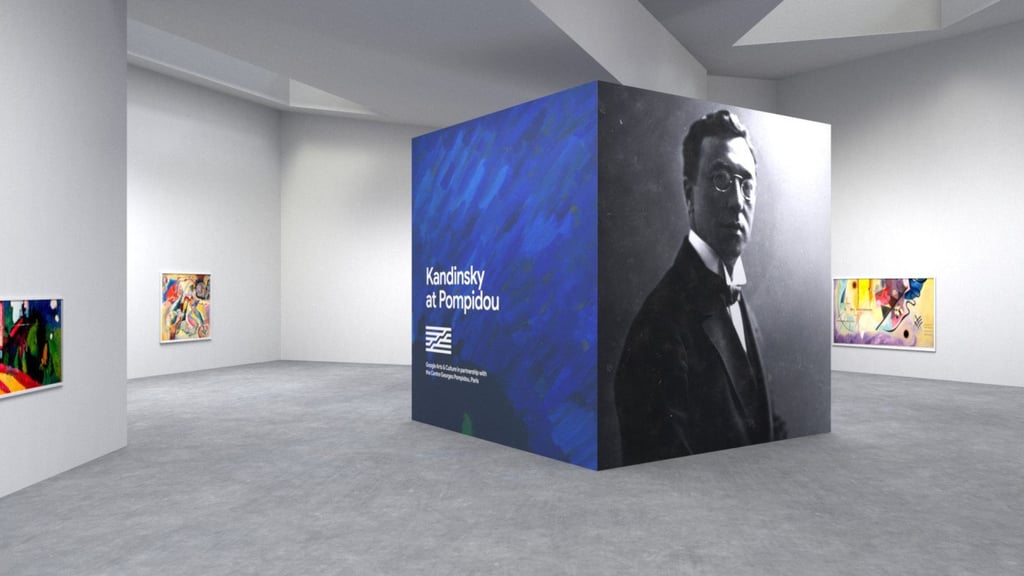Destinations known | Chinese tourists look forward to visiting Europe’s museums and galleries again, and the feeling is mutual
- Institutions have weathered the Covid-19 storm by holding online and virtual exhibitions and events
- They are confident in Chinese tourists’ love of art and eagerly await their return

If you are finding the pandemic punishing, spare a thought for museums and cultural institutions. At least, that was the urging, or “unanimous opinion”, of four gallerists who took part in a talk at Gallery Weekend Beijing, according to online publication Jing Culture & Commerce.
Although that art event, which ran from April 23 to May 2, was able to welcome visitors in person to seven spaces in the capital, it also went online. Amber Wang Yifei, the director of Gallery Weekend Beijing, told art magazine Ocula that this physical-digital integration was indicative of an art sphere where “reality and virtual reality have become seamlessly intertwined”.
Before Covid-19 confined Chinese tourists to their home country, they were driven by a growing desire to experience the world’s art and culture offerings. In 2018, the Louvre Museum, in Paris, saw 10 million people shuffle through its doors (and past the Mona Lisa), of whom almost 75 per cent were foreigners. That year, the French government issued one million tourist visas to visitors from China – 800,000 of them went to the world’s largest art museum.
The Louvre wasn’t the only institution to benefit. Galleries and museums across the globe were welcoming not only higher numbers of travellers from the Middle Kingdom, but also the money they spent in gift shops. Then Covid-19 hit, and suddenly these spaces that had become increasingly reliant on a steady stream of Chinese visitors were forced to rethink operations.

Like the rest of us, most went online. Major European museums, including the British Museum, in London, and Madrid’s Prado, were quick to connect with Chinese audiences through the power of the live stream.
